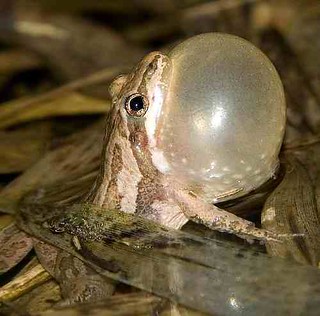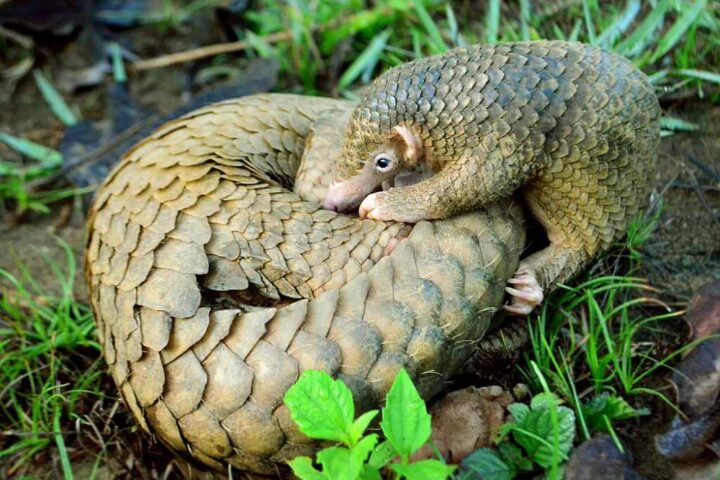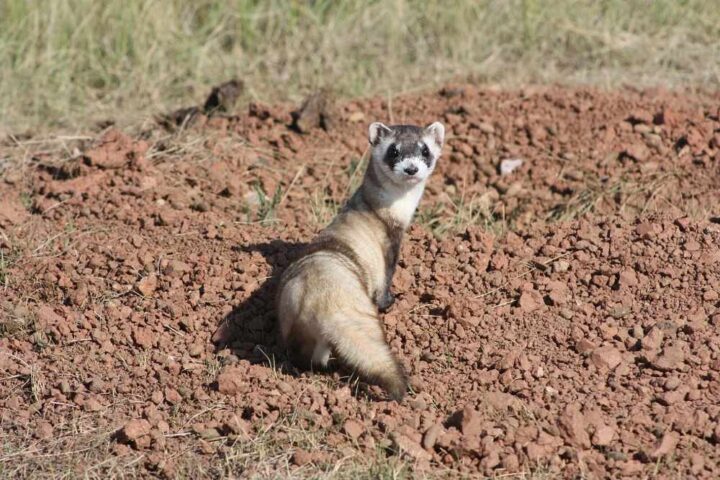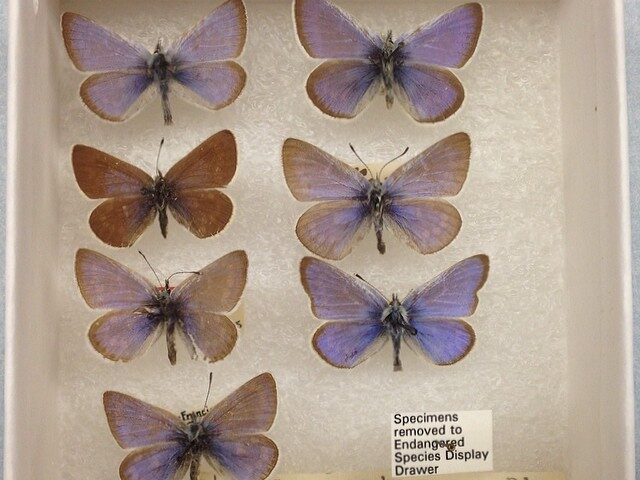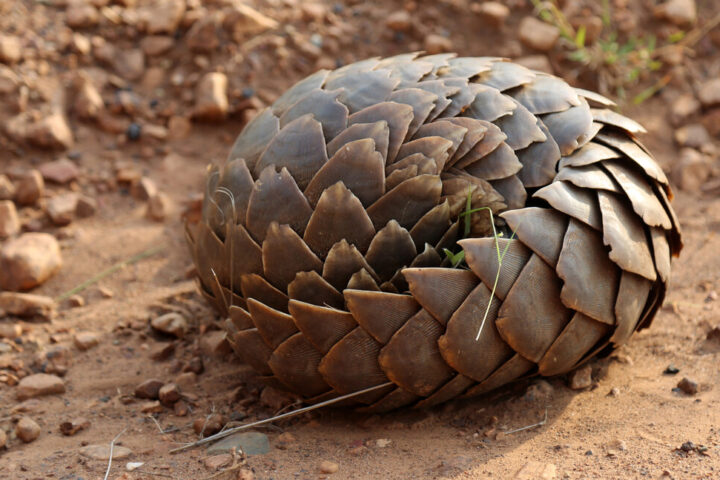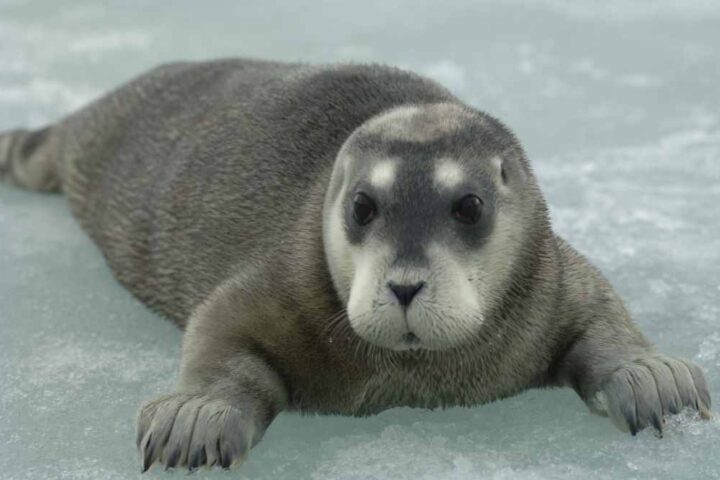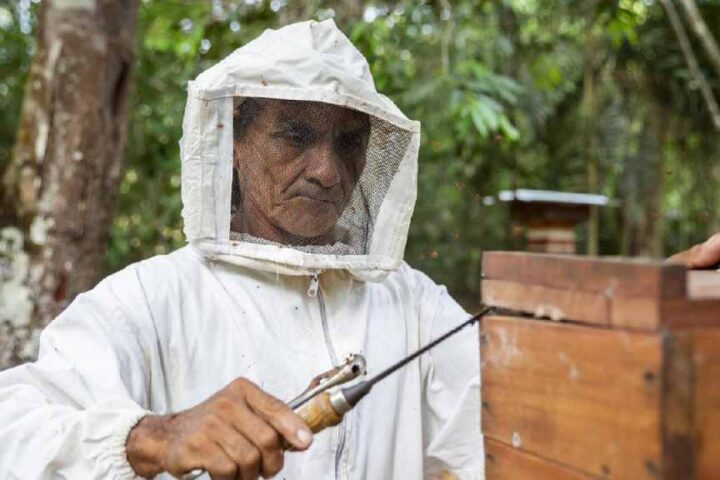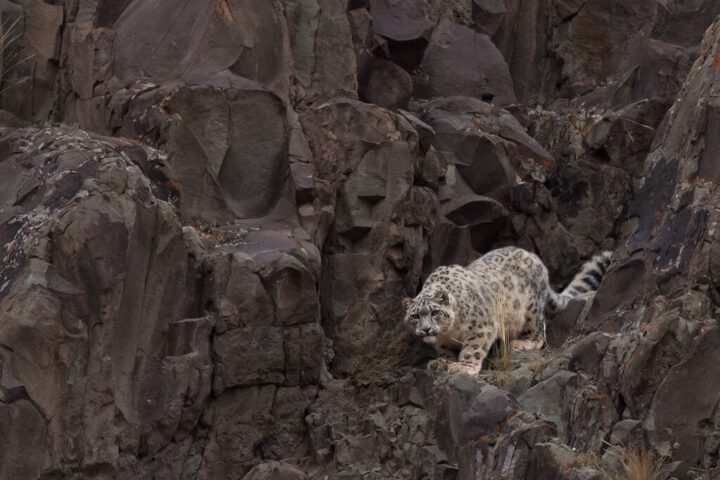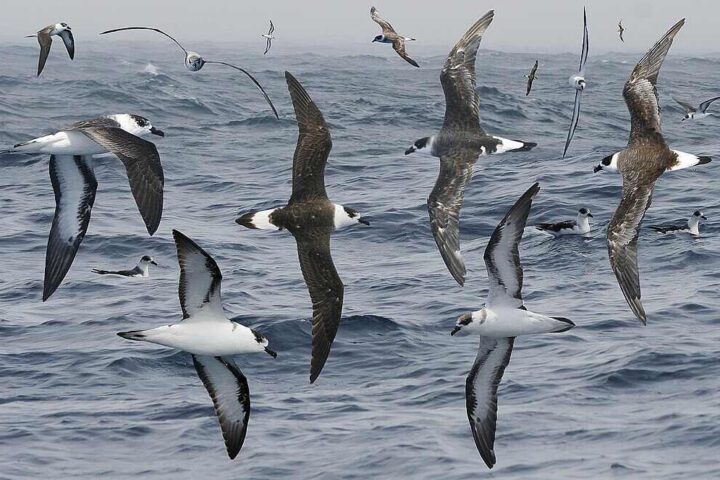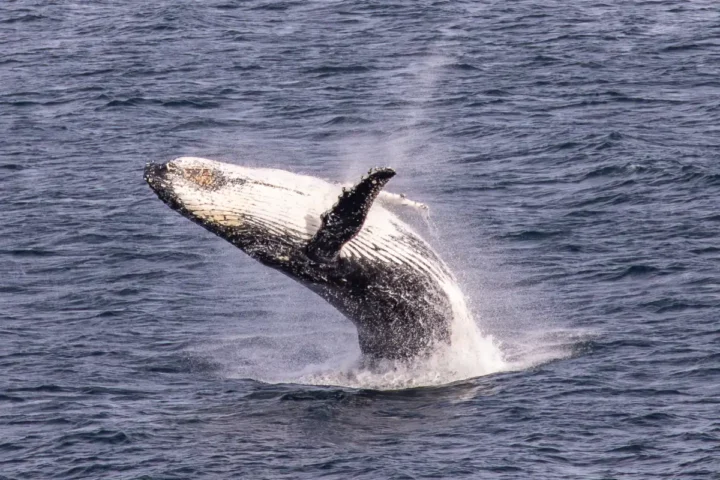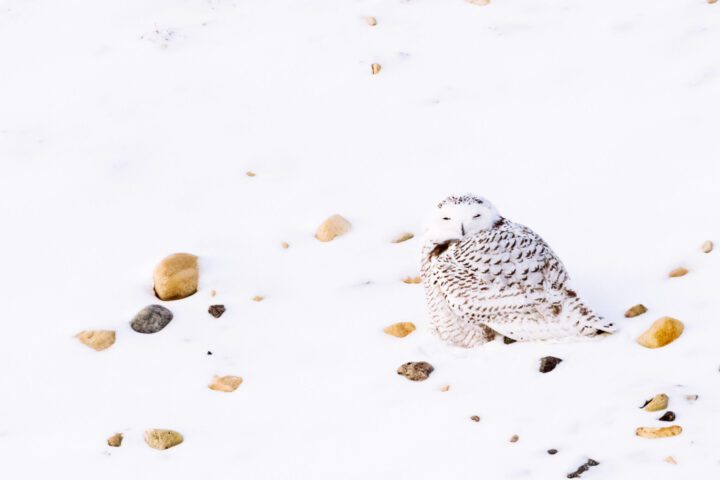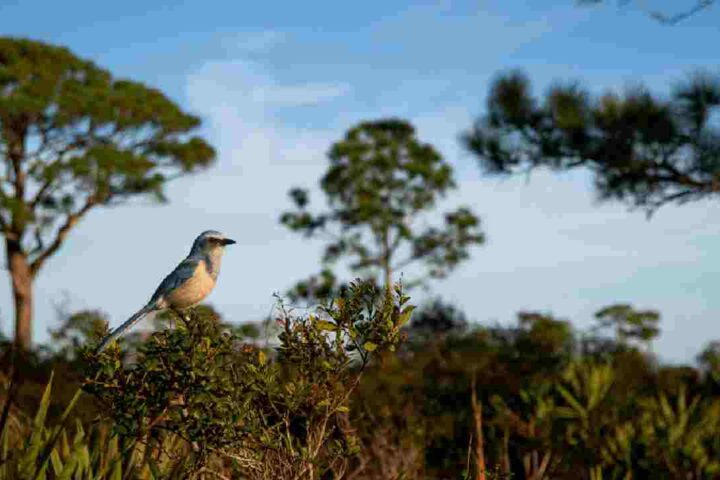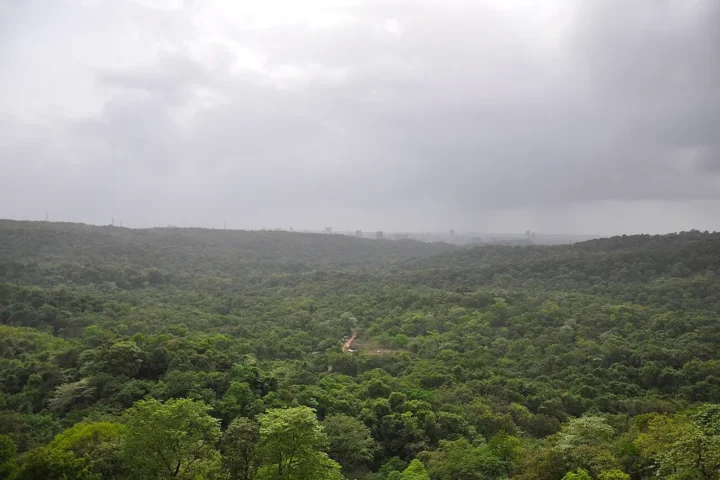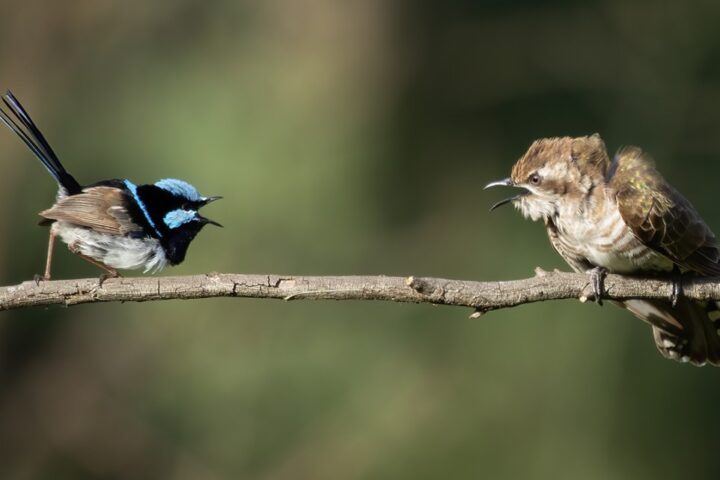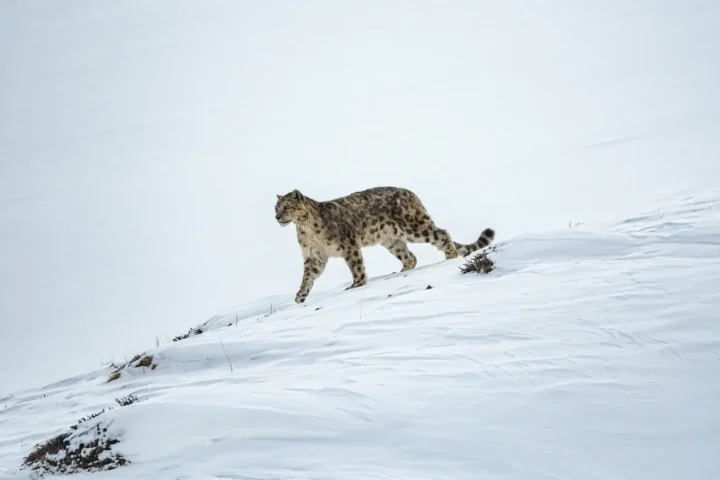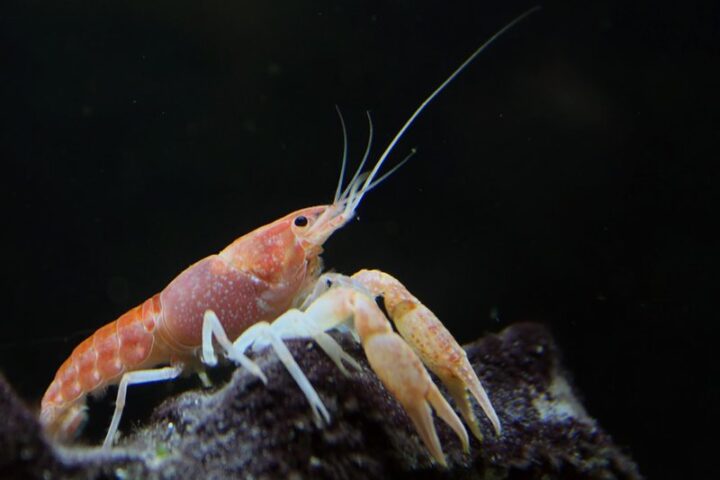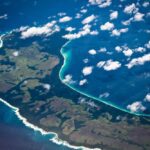The federal Minister of the Environment, Steven Guilbeault, announced on Friday that an investment of $8.2 million granted to various partners since 2022 has allowed for the restoration of western chorus frog habitat in different wetland areas in Montérégie and Outaouais in Canada. These investments from the Canada Nature Fund, granted to Nature-Action Québec and its partners Conservation de la nature Canada (CNC) and Ducks Unlimited Canada (CUC), have been used notably to acquire and protect over 13 hectares of natural habitats in Boucherville, La Prairie, and Longueuil in Canada. This fund has also enabled the protection of over 42 hectares in Outaouais and 39 hectares in Montérégie, according to the Ministry of the Environment.
A small amphibian measuring on average 2.5 cm, the western chorus frog is distinguished by its greenish skin, three dorsal lines (or sometimes dots), and a black lateral line observable on its flanks, extending from the snout to the groin. Despite its small size, the amphibian plays an important role in the ecosystem, as it is an indicator of the pressures biodiversity faces since it has similar needs to several other species.
Although the species is not globally endangered, the population in the Great Lakes/St. Lawrence region has been classified as threatened since 2010, and current estimates suggest that up to 90% of its habitat has been destroyed in recent decades.
In a statement released on Friday, Minister Steven Guilbeault indicated that “Collaboration is key to conservation, and we must work together if we want to ensure the protection and recovery of species at risk like the Western Chorus Frog.” He also reiterated that his government is committed to halting and reversing biodiversity loss by 2030, and to putting natural habitats on the path to recovery by 2050.
The species is mainly threatended by the loss of its habitat caused by urban development and agricultural expansion. The species has lost 90 percent of its habitat in Montérégie and 30 percent in the Outaouais since few decades.
“The protection of 30 percent of the territory includes the preservation of natural areas with high ecological value, like those found in the Montréal Metropolitan Community. The Nature Conservancy of Canada is proud to contribute to these significant gains in protecting species at risk,” concluded Claire Ducharme, Regional Vice-President, Quebec Region, Nature Conservancy of Canada.
